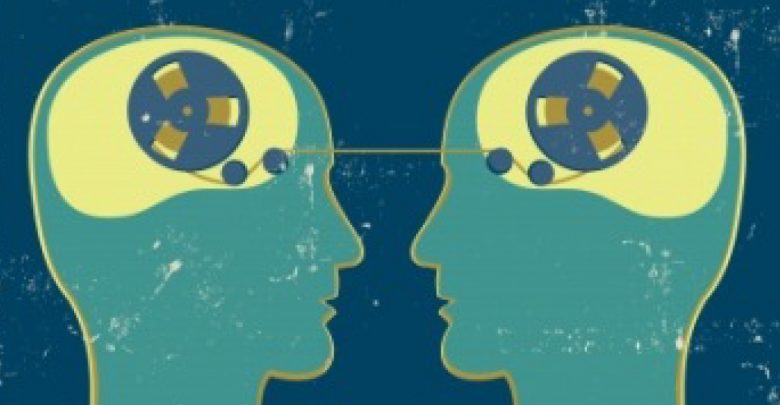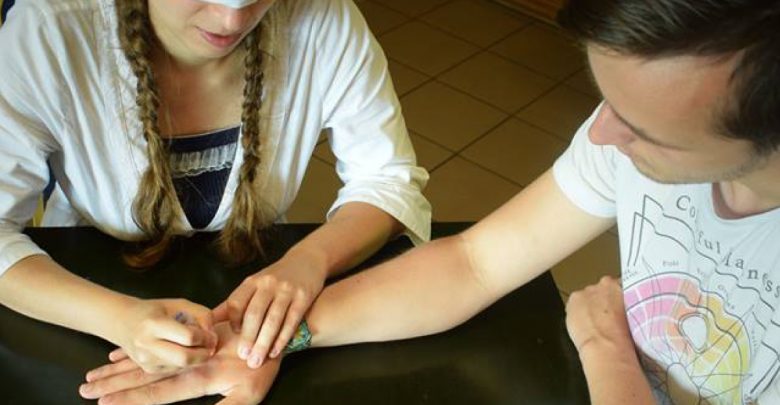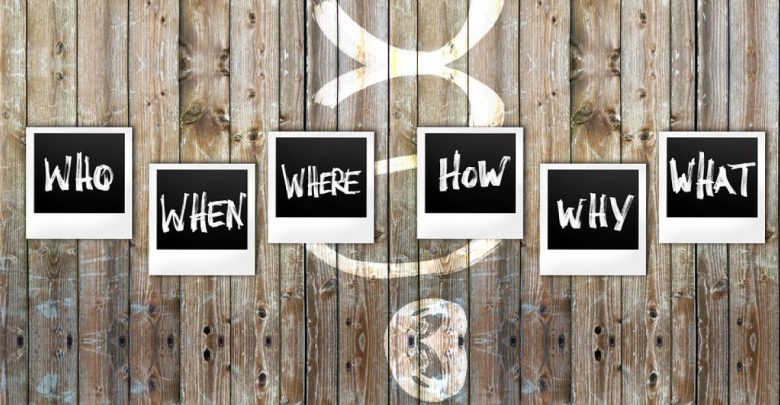Support learners in identifying and meeting their learning needs and overcoming any barriers
Support learners in identifying and meeting their learning needs and overcoming any barriers
-
 Donatas PetkauskasFebruary 22, 20200 129
Donatas PetkauskasFebruary 22, 20200 129Reflectly
Why did I choose this tool? Reflectly is a very easy to use and also kind of a fun way to reflect on the day and on different topics about yourself, your work, people, values, behaviours, dreams, etc. How does this apply to being a trainer? Being a trainer requires a lot of analysis of what is happening in the…
Read More » -
 Donatas PetkauskasFebruary 22, 20200 466
Donatas PetkauskasFebruary 22, 20200 466Openness and acceptance
Why did I choose this tool? I chose to construct this tool in a way that several approaches to openness would be covered as openness is an extremely broad concept. I chose the theoretical input from the handbook for youth workers as it is written in a deep, sensitive and comprehensive manner. I like reading it, I hope you will…
Read More » -
 Donatas PetkauskasFebruary 22, 20200 219
Donatas PetkauskasFebruary 22, 20200 219Empathy
Why did I choose this tool? While there is plenty of information about how important empathy is in education, I believe it is important to connect it better with the need of the trainer to support learners in identifying their learning needs. Because of that, the part of active listening and observing seemed important to me. How does this apply…
Read More » -
 Donatas PetkauskasFebruary 22, 20200 72
Donatas PetkauskasFebruary 22, 20200 72Authenticity
Why did I choose this tool? Daring to share emotions and insights, honestly takes a lot of effort because you need to make peace with yourself, accept yourself for who you really are and accept the things that you’re thinking about. If we are willing to support learners in identifying their real learning needs, we need to encourage the realness…
Read More » -
 Donatas PetkauskasFebruary 22, 20200 102
Donatas PetkauskasFebruary 22, 20200 102What works in guiding and supporting learning
Why did I choose this tool? I chose this tool because I believe it is important to make a distinction not only between encouraging – confronting the learners, but also by supporting and encouraging in a way that is useful for the learners’ personal and professional development. How does this apply to being a trainer? Trainer’s role is versatile and…
Read More » -
 Donatas PetkauskasFebruary 22, 20200 335
Donatas PetkauskasFebruary 22, 20200 335Probing questions
Why did I choose this tool? I chose this tool, because I believe that asking the right questions at a right time is the most powerful tool of learning. Also since I find probing questions not that easy to master, I propose to start with getting acquainted to examples of them and start introducing them one by one into your…
Read More » -
 Donatas PetkauskasFebruary 22, 20200 85
Donatas PetkauskasFebruary 22, 20200 85Professional communication => relationship
Why did I choose this tool? I chose this tool because of its simplicity as an introduction to the educational relationship that can be achieved while working with groups of (young) people. In order to establish a relationship with a learner as a skill, the main approaches for creating professional relationship need to be internalized, practiced and reflected. How does…
Read More » -
 Donatas PetkauskasFebruary 22, 20200 124
Donatas PetkauskasFebruary 22, 20200 124Building a relationship. What works?
Why did I choose this tool? Building a relationship is somewhat magic and individual in each case. Therefore there are no universal rules that would guarantee an educational relationship. This is an incomplete list of ideas that might work. How does this apply to being a trainer? A youth worker and a trainer in the youth field both do educational…
Read More » -
 Donatas PetkauskasFebruary 22, 20200 2,026
Donatas PetkauskasFebruary 22, 20200 2,026Non-formal education principles
Why did I choose this tool? This is an introductory tool to non-formal education principles, which helps to put into perspective supporting the learner, choosing the “correct” educational approach and creating a learning environment. I use the introduction to NFE principles at the beginning of a training program so the participants can better comprehend what is going to happen and…
Read More » -
 Donatas PetkauskasFebruary 22, 20200 10,845
Donatas PetkauskasFebruary 22, 20200 10,845Boyatzis’ Theory of Self-Directed Learning
Why did I choose this tool? The theory of Self-Directed Learning by Boyatzis is an underused theory and should get more attention in the field of youth. I believe trainers should aim at making the learners independent rather than patronizing or providing them with all the answers. The tool is also great at supporting the personal and professional development of…
Read More »